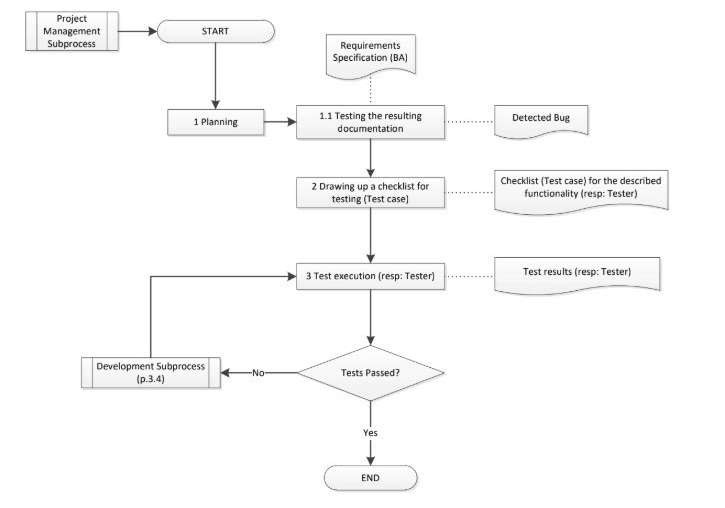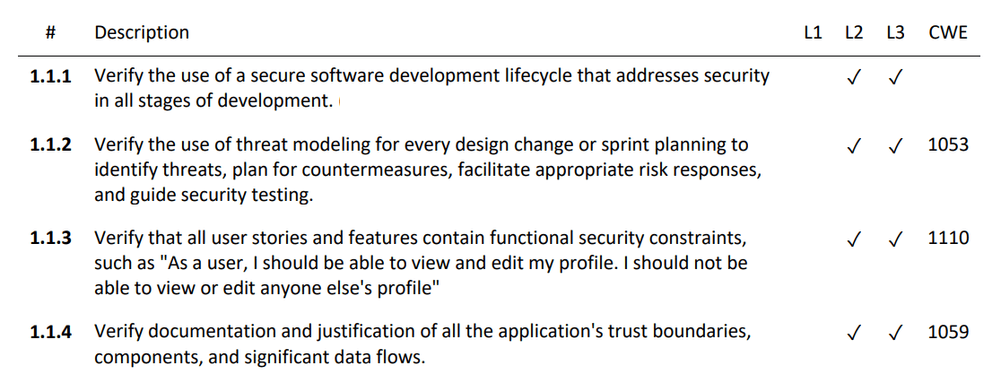There is a difference in doing the job and doing it right. In custom software development, quality assurance (QA) specialists make sure that the product does exactly what the customer wanted and can handle the real-life load. This article will tell you about the different aspects of QA services, how they can be used, and which benefits they can bring.
Testing & more
Quality assurance includes more than just testing. There are also organizational and project-specific procedures and policies that ensure the delivery of the top-notch product. Examples of such procedures can include demo meetings, unit testing requirements, and continuous integration frameworks.
QA is important to the successful delivery of any software but becomes critical in medium and large-scale software. Here’s why:
- A developer can’t check their work as well as a tester. Firstly, the QA specialist views the code with a fresh eye and can spot problems that the programmer didn’t. Secondly, a tester is motivated to try and break the software so that all issues are found.
- The testers’ hourly rates are lower than the developers’. Having the coders do quality assurance isn’t cost-effective.
QA can be bought as part of full-cycle software development or as a separate service. In the first case, the tester(s) are integrated into the production and check the work as it goes. In the second case, they test the code sent to them by the customer.
When do you need third-party QA?
If you want to hire a software development company to build a new application, QA will be included — no self-respecting vendor would risk their reputation by handing over untested work.
Here’s when you would do well to hire a third-party QA team:
- You lack the necessary capabilities. For example, if you don’t have people who can write automatic tests but need to check whether your application will hold under heavy load, you should hire an outside team.
- You need to decrease the time-to-market. If you are a startup and want to launch your product ASAP you might lack the time to pick and recruit your own QA team. A vendor like us could have it ready in two weeks or so.
- You want to save money. A third-party developer could offer you lower rates than your original custom software vendor or having employees in-house.
Manual testing
Sometimes disparagingly called “monkey testing” this is still the most popular form of ensuring that the software is reliable and works as intended.
Examples of what it is used for include:
- Functional test. Making sure the software does what it is supposed to.
- GUI test. Checking all the elements of the interface to see if they work as they should.
- Smoke test. A quick checkup of the most important features.
- Integration test. Ensuring that the different modules of a program work fine when connected.
Manual Quality Assurance has the following benefits:
- A more thorough check. During manual testing, the QA specialist will not only follow the common workflow but will also interact with the software in many unintended ways. Automation cannot cover all the possible scenarios.
- Better user experience. A human tester can compare the visuals and interactions of the app with the customer’s requirements and point out UI/UX mistakes (e.g. illogical workflow or visual mismatches).
- Flexibility. Manual testing is viable for both small- and large-scale projects. In addition, a manual QA engineer can quickly adapt to requirements change, while it takes more time to rewrite the automation scripts.
Any product requires some amount of manual testing.
Automated testing
There is work that a human can’t do (or can’t do in a reasonable amount of time). That’s when automation comes in. Automated testing employs special tools to make QA faster, cheaper, and more extensive.
This is what it is commonly used for:
- Load and performance test. Simulating thousands of users interacting with the software to make sure it can handle the real-life demands. This is impossible to do manually.
- Data-driven test. Checking whether a function of your software can work well with lots of different inputs (search feature can be tested this way, for example).
- Regression test. Seeing whether the recent changes have adversely affected the software.
- Repetitive tests. If a test needs to be run over and over again, it is best to automate it.
This is why Automated QA is popular:
- New abilities. Unless you hire a thousand monkeys to log into the system, there is no way you can replace automation for load testing.
- Reduced long-term costs. An automated testing system can do the work of several human engineers. According to the research done by Oracle, this can lead to about 24% reduced costs.
- Decreased testing time. Automated tests run with minimum human input. They can be done.
Automated testing is better suited for bigger projects and the ones that are expected to perform well under high load.
Quality standards
In programming, quality means that the application fulfills all its requirements whatever they might be. So the quality standards here are either best practices that help release good products or guidelines for specific aspects of the programs (e.g. data security).
ISO 9001
ISO 9001 is a part of the ISO 9000 standards family that recommends This standard has been around since 1987 but experienced regular updates. The latest version has been released in 2015.
This standard contains a set of requirements for a quality management system. Adopting ISO 9001 means the company provides goods and services that fit the legal and customer demands and can prove it.

The subset of ISO 9001 applied to software is called ISO/IEC/IEEE 90003:2018. It includes the specific documents needed to comply with the standard (e.g. test plans and bug reports) as well as rules for running software development and testing it.
Note that ISO certification is optional — the company can adopt the standard without verification from a third-party organization.
OWASP
The Open Web Application Security Project (OWASP) is a non-profit organization that focuses on cybersecurity. It organizes events, creates tools, and sets standards.
When talking about an OWASP standard people usually mean the Application Security Verification Standard (ASVS) released by the organization. The latest version (4.0) has been released in March 2019 and incorporates specific steps to make sure your software is protected from internal and external threats.

There are three levels to ASVS. Levels 1 and 2 apply to any application, while level 3 (the highest) is reasonable for military, medical, and other software of critical importance.
Conclusion
Quality assurance is an integral part of any development process. Should you need someone to check whether your ERP can handle the load, your LMS is convenient to use, or your EHR is secure enough, hit us up.




